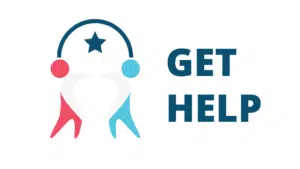
Cognitive Behavioral Therapy
If you are seeking help for a problem and feel the symptoms can be seen in your behavior, you will seek some cognitive-behavioral therapy known as CBT. But you should understand that this is an umbrella term and there are several different aspects of specific therapy under this title. Here is an explanation of some of those aspects.
The basis of CBT is that our thoughts influence our behavior as opposed to external things. This being the case, if we can change and control our thoughts, we are in a good position to influence our behavior.
CBT is known to be one of the shortest forms of therapy often lasting only 16 weeks. As opposed to other forms of therapy such as psychoanalysis, CBT has an end point in view. Other forms of therapy can go on for years with no finishing date in sight. With CBT the client and the therapist settle on a time for the therapy to close.
CBT is a joint effort between client and therapist. The therapist listens to the needs and wishes of the client and together they plan goals and methods of achieving these goals. This is a true collaborative effort and approach to therapy.
CBT concentrates on empowering the client, on explaining how their thoughts and actions can influence their health. By placing a certain amount of power in the hands of the client, the therapist is truly empowering the client to achieve success using their own resources.
CBT clearly explains to the client that there are two problems being faced – the problem itself and the client’s reaction to their problem. The client is attending therapy because of their problems but understanding the difference between the problem and how it affects the client is an important breakthrough. By removing the adverse reaction, the client is better able to tackle the problem on its own.
A therapist using CBT is trained to not only ask the client various questions but teaches the client how to ask questions of him or herself. This questioning of the situation puts the client in a better position of understanding the specifics of their problem and thus finding a way to overcome them.
CBT is less a direction giving process and more a guiding process. Having helped the client establish their goals, the therapy concentrates on helping the client find ways to achieve their goals. The therapist is in a sense more a friend than a teacher although obviously the experience of the therapist enables them to direct the client in the right direction.
CBT advocates questioning one’s beliefs. A client has a number of ideas or theories on why they behave the way they do. CBT trains the client to question these ideas and to sort truth from fiction. Once a client can deconstruct a theory, they have partly or completely changed their concerns.
A major component of CBT is to have the client work on assigned exercises between therapy sessions. By giving the client structured activities to work on at home, the client makes significant progress and is able to achieve their goals with flying colors.
Here are additional resources you might be interested in:











